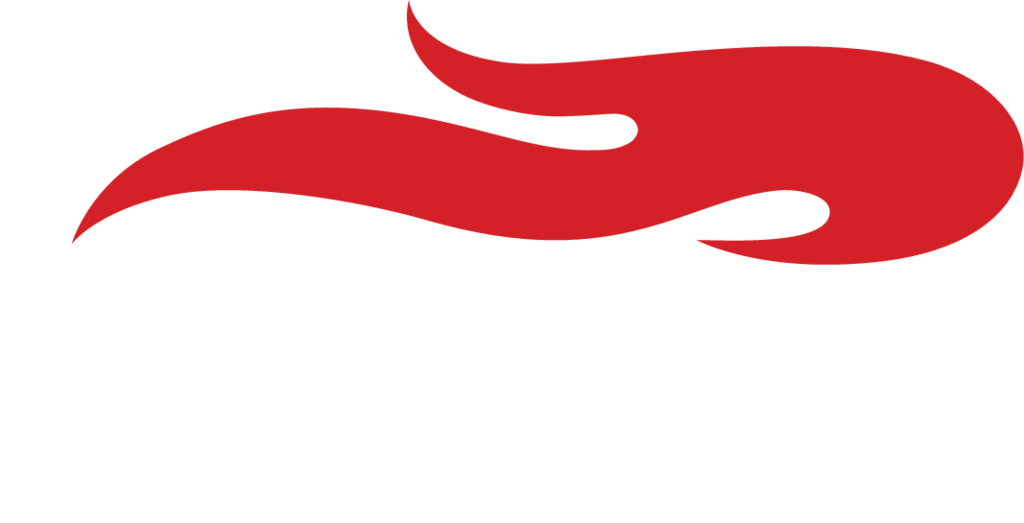Let’s be honest. College is expensive, and figuring out how to pay for it can be overwhelming. In addition to figuring out which scholarships and grants are available to you, there are also multiple Federal Student Aid programs you’ll want to consider. But to get any sort of financial aid, you’ll first need to know the ins and outs of completing the FAFSA.
Featured: Some scholarships have a February 15 Deadline — Apply Now
What is the FAFSA?
FAFSA stands for the Free Application for Student Financial Aid. This application becomes available October 1 of every year, and is the first step to receiving any form* of financial aid (such as Federal Pell Grants, Student Loans, Federal Work Study, and SEU grants and scholarships). Be sure to complete the FAFSA application as soon as possible once October 1 rolls around. This is because some aid is distributed on a first-come, first-served basis, and you can only be considered for most aid if you have a FAFSA on file. If it’s your first time in college, you can first fill out the application the year before you plan to enroll.
For example, if you’re a high school senior expecting to graduate in the spring of 2023 and enroll in college in the fall semester of 2023, you can complete the FAFSA starting in October 2022. (Not sure which year to use? Check out the FAFSA tax year chart on this page.)
Documents Needed for the FAFSA
During the application process, you’ll need to provide various important documents. Here’s what you’ll need:
- SEU’s school code, which is 001521
- Your Social Security Number
- Your driver’s license (if applicable)
- Your Alien Registration Number (non-U.S. citizens only)
- Federal income tax returns, W-2s, and other financial records from two years prior (See this page for a chart with the specifics.)
- Current bank statements
- Current records of investments
- Records of untaxed income for two years prior (if applicable)
- Records of taxable earnings from Federal Work-Study
- Records of any financial aid included in your or your parents’ income
- Your or your parent’s FSA ID
Keep in mind that you will also need to complete the FAFSA each year you plan to attend a college or university, so it’s a good idea to keep everything in one place where you can easily find it again.
What’s the Difference Between Grants, Scholarships, and Loans?
Now that you know what the FAFSA is and the documents needed for the application process, we’ll cover the different kinds of aid you may be eligible to receive as this is a very common question, and knowing the answer will really help you plan financially.
Scholarships and grants are usually favorites for students because you don’t have to pay them back. At SEU, we offer multiple scholarships and grants. Some of them you’ll be awarded automatically (e.g. academic scholarships), while others require an application. You can check out the scholarships and grants we offer here. You can also apply for outside scholarships and grants through websites like Scholarships.com and Fastweb.
- Scholarships are generally “merit based,” meaning that they are awarded on the basis of academic or athletic achievements, participation in the arts, or other accomplishments.
- Grants can be need-based, which means they are awarded based on your financial need determined by your FAFSA. (Note: Not all grants are need-based.)
A student loan is money that you can borrow from the federal government, from private sources like a bank or financial institution, or from other organizations with the expectation that you will pay this money back in the future. There are two types of loans:
- Subsidized loans are loans that don’t accrue interest until six months after you graduate from a college or university.
- Unsubsidized loans are loans that accrue interest as soon as you take them out.
If you find yourself needing to take out student loans, you should only take out as much as you need, and start paying them back as soon as possible (which can usually be done through a monthly payment plan).
Don’t forget to ask for help! Check in with your high school guidance counselor or SEU’s Student Financial Services (SFS) office for ideas on how to find additional scholarships.
Featured: Some scholarships have a February 15 Deadline — Apply Now
Financial Aid Status Review
The FAFSA does not currently provide an option to note special circumstances that may affect a student’s ability to pay for college. That’s why SEU offers a service called professional judgment, or a Financial Aid Status Review, which allows you to account for major medical, household, or employment changes from one tax year to another. Visit this page to learn more.
Award Letters
Once you’ve completed the FAFSA and have been accepted to SEU, you’ll receive an award letter (or a personalized financial aid letter). This letter will contain a breakdown of the scholarships, grants, and loans you’re eligible to receive toward college costs. Keep in mind that some scholarships and grants may not show up on the award letter when you first receive it. For instance, you may choose to apply for a music scholarship or ministry grant after you receive your award letter.
Financial Clearance
Financial clearance is one of the most critical steps in Fire Ready, the official clearance process of SEU. When you arrive on campus each semester, you’ll be required to show that you’re Fire Ready in order to be able to start classes. You’re considered financially clear if your anticipated costs for the upcoming semester are fully covered with the use of approved financial aid (including scholarships, grants, and loans) and/or an approved payment plan (SEU offers no-interest payment plans in the case that your financial aid doesn’t fully cover your expenses and you prefer to pay the sum monthly rather than all at once).
Online & Graduate Students
Even if you’re not completing your bachelor’s degree classes on our main campus, the FAFSA can still be beneficial for you; visit our Online Financial Aid page for specifics. Starting your master’s or doctoral degree? The FAFSA can come in handy for you, too. Visit this page for details.
SEU is Here for You!
Your enrollment counselor and the SFS team are dedicated to helping you, so if you have questions about financial aid, you can reach out to SEU’s Student Financial Services at sfs@seu.edu, 800.500.8760, or by setting up a virtual appointment. You can find contact information for your enrollment counselor here.
Learn more
Apply for Scholarships and Grants
FAFSA
FAFSA Info and Resources
Financial Aid
Apply to SEU
Financial Aid Status Review
By Mia Golding, Student Writer
*Note: If you and your parents do not anticipate being eligible for any need-based aid or student loans, please reach out to Student Financial Services each school year and the FAFSA can be waived for determining your aid from SEU. This will allow our team of financial aid counselors to package you with the aid that you are eligible for. You can still complete the FAFSA as usual for aid from third party sources.




